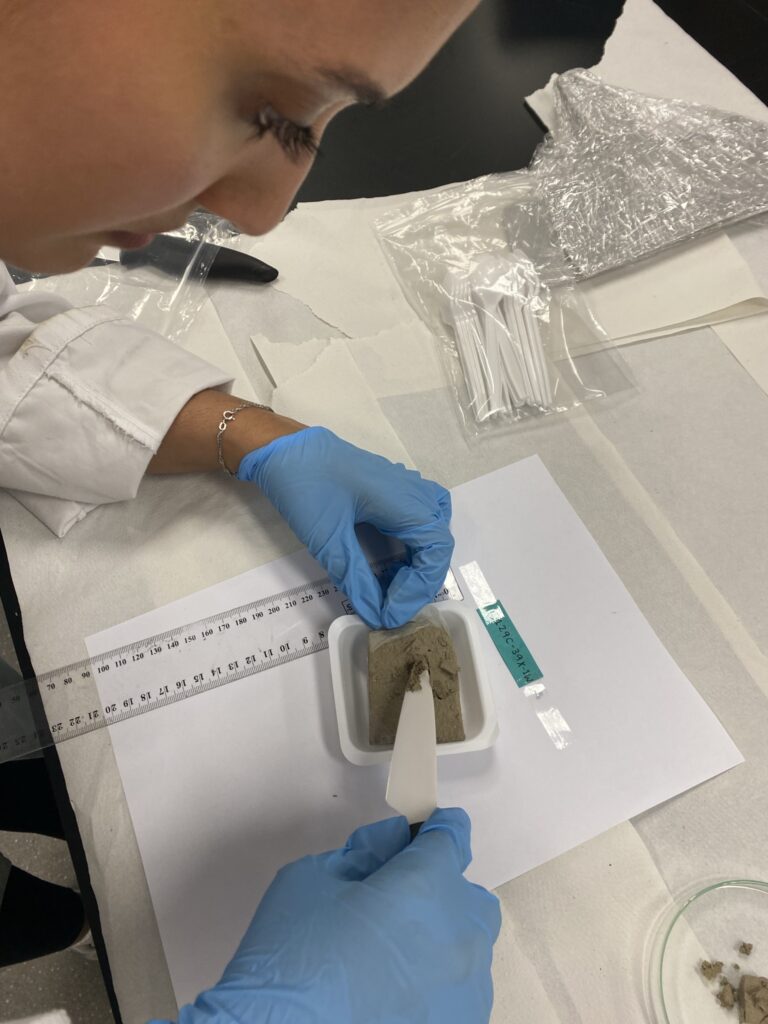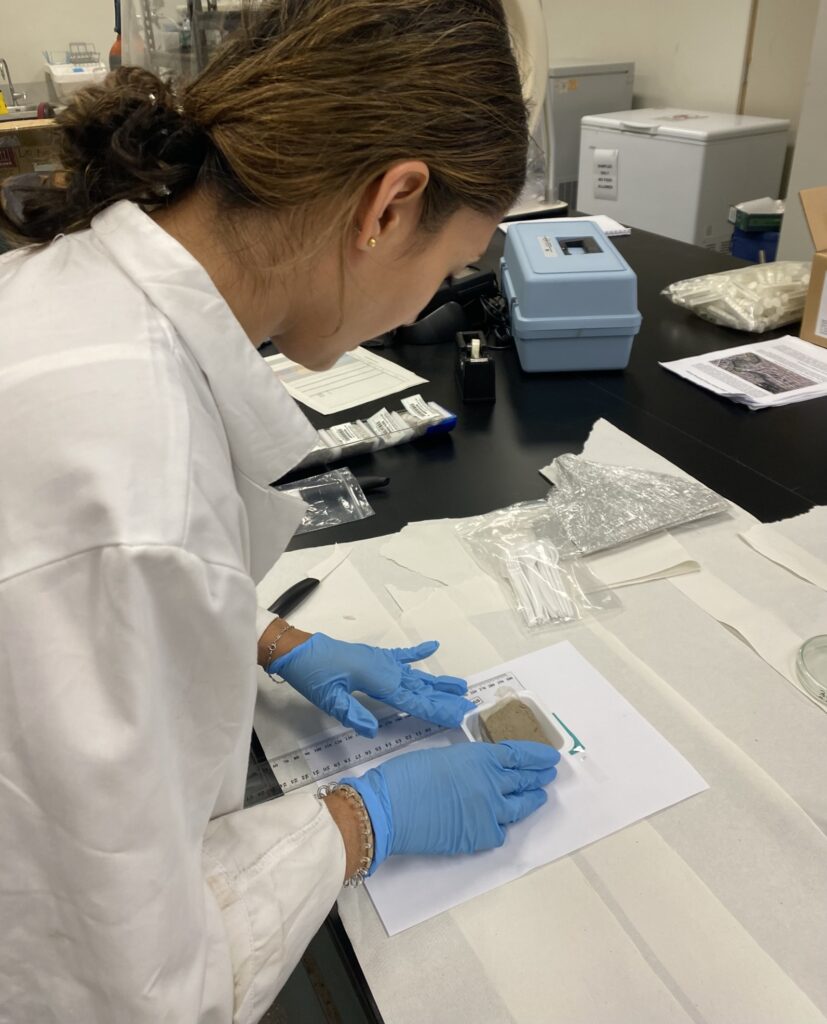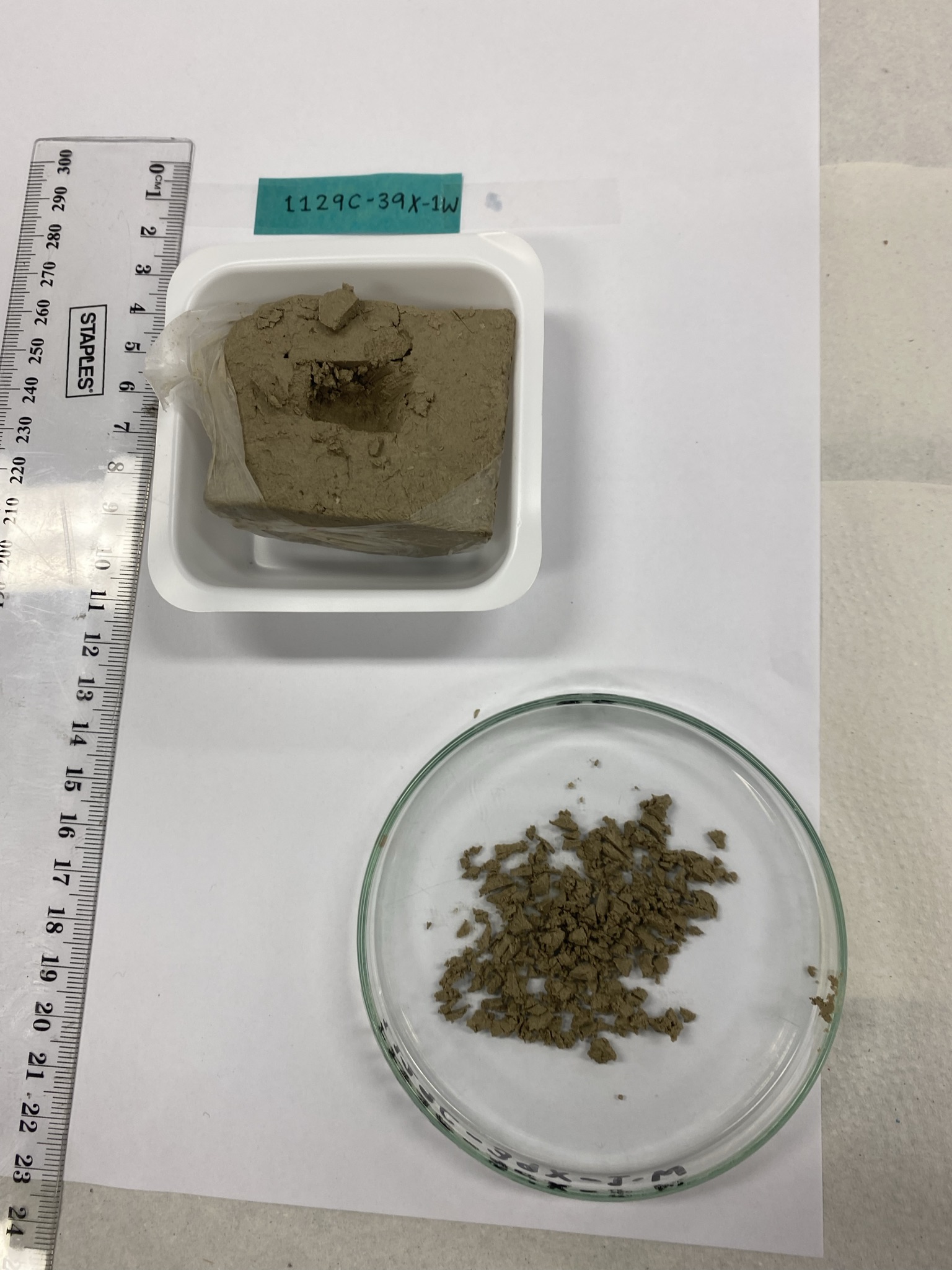
Formation of dolomite [CaMg(CO3)2], a highly-stable carbonate mineral, has been central to maintaining the stability of Earth’s global climate over geologic timescales. There is a disproportionate paucity of dolomite in modern times comparative to its widespread abundance in the deep past, referred to as the ‘Dolomite Problem’, one of the longest standing unresolved mysteries in the natural sciences.
The overarching objective of this project is to decipher a trace element signature for the formation of low temperature dolomite, with the goal of gaining wider insight into the mysterious mechanisms promoting dolomite formation in modern and ancient sediments. The target samples are dolomite-containing, Pleistocene-aged sediments collected from a mesohaline seep (Leg 182) in the Great Australian Bight.
We will complete a detailed assessment of (i) bulk Mg, Ca and trace element (Mn, Sr, Re, As, Sb, Ba, Cd, Mo, Ni, Cu, Zn, V, Cr, Co, U, Y & REE) concentrations in samples by ICP-MS analysis of selective digests, (ii) μ-scale distribution of trace elements in sediments by μ-XRF and LA-ICP-MS analysis of sample thin sections, and (iii) high resolution crystallographic information (quantitative mineral abundances, d104 peak position values of dolomite, crystallite size, and morphology) using XRD, SEM and TEM. Our findings will complement current funded research into the trace element signatures of rare Holocene dolomite, forming in saline playa lake sediments in South Australia and British Columbia.
This project is supported by ANZIC IODP Legacy Analytical Funding.

Contact
Email: [email protected]
Phone: 02 8627 6067
Address: F09 – Madsen Building
School of Geosciences, The University of Sydney

